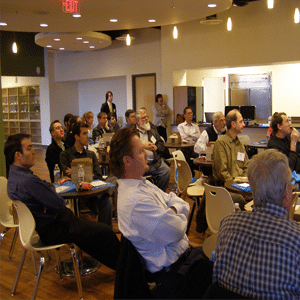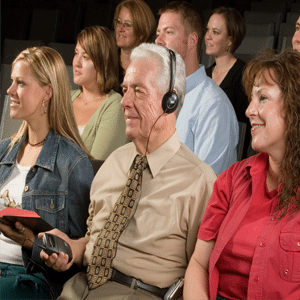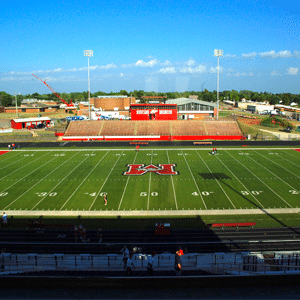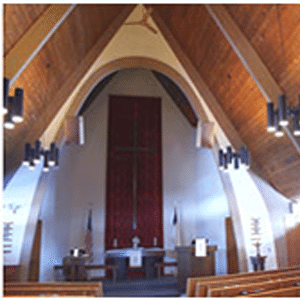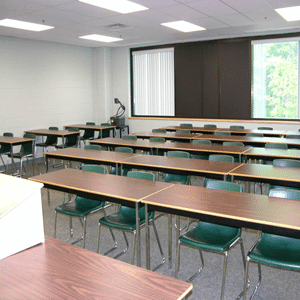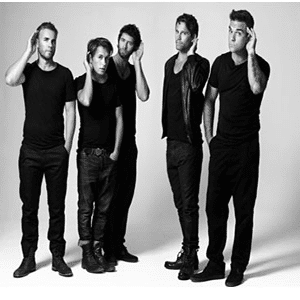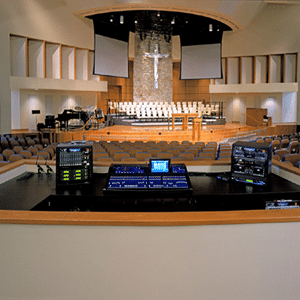
How Loud Is Loud Enough?
The battle is almost as old as the church sound system. It has always baffled me that the pipe organ can be played at 100dB, but that when the band plays at 100dB, it’s often “too loud.” We’re not here today to define how loud is “loud enough” or “too loud” for the acoustic volume of your worship service, but to help figure out how much difference there should be between what your congregation hears from the main sound system and what the congregation hears from the monitor speakers, instruments, and amplifiers on the platform, in order to hear the sound system with acceptable clarity.
